It is particularly true when a patient suffers an event such as sudden cardiac arrest. The device utilizes an electrical current to assist in restarting the heart’s beat in these situations.
These devices are not simple items that one can buy off the street. It is recommended that training should be provided to ensure an AED can be utilized effectively. When it comes to equipping a facility with this type of device, some factors need to be taken into account, which will ensure the medical device to provide its appropriate function in emergencies.
We consider five essential tips when choosing an AED. These tips ensure you will buy the right product according to the requirements of the institute or facility where the device will be utilized.
1. Price
The available budget of your facility is something you need to consider. The pricing for these products does differ a lot. Be it fully automatic or semi-automatic, an AED from major suppliers in the European market can be priced between 1,000 to 2,500 euros, with some certain brands lower or higher. Besides, price difference in the consumables and accessories might also affect the price of an AED package
Before making a purchase, you need to calculate your budget. Just bear in mind that cheaper is not always better. Therefore, knowing how much money can be spent on the AED before setting out to make the AED purchase is no doubt a useful step.
2. Ease of use
What’s more, considering how AED works is also essential for the process. Similar as AEDs seem, they are not exactly the same. And it’s these differences that significantly affect how easy people perform a rescue. Of course, you don’t want to be in a panic at that critical moment. So, an easy-to-use AED should be on your radar.
An excellent example is the Mindray’s latest AED, which provides a step-by-step guide with animation coaching and voice prompts on using the device in an emergency. Also, the layout of the front is logical with the on/off and shock button suitably sized and well-positioned. And this user-friendly unit could be powered on when you open the lid.
3. Effective resuscitation
The AED shock intensity is another concerning factor that you should consider. In some cases, your local health authorities or resuscitation organizations might have a role to play in suggesting what the appropriate levels are for the shock intensity of an AED.
Many studies showed that escalating shock energy can provide a higher chance of survival for patients. According to the 2015 AHA Guidelines for CPR and ECC, and the ERC Guidelines for Resuscitation 2015, higher energy for subsequent shocks is recommended to increase the termination rates of refibrillation. Mindray’s BeneHeart C Series AED is one of only few choices in the market that provides up to 360J energy to meet individual sudden cardiac arrest patient’s needs.
4. Maintenance costs
Another factor that you should take into account is the costs involved with the maintenance of the AED that you might want to buy. An AED purchase does not only include the sole expense that comes with the initial order you place. There are several costs involved with the maintenance of the device as well.
Consider the costs involved when there is a need to replace the battery of the device, for example. The batteries utilized differ from one product to the others, and each type of battery has its own price tag.
Also, considering costs involved in the replacement of cables and pads, these will often need to be checked, and there might be a need for an alternative in some cases. Some cables or pads have been worn out due to the continuous use of the AED.
Therefore, batteries and consumables with longer lifespans are preferable when considering buying an AED. To help lower the total cost of ownership, the batteries and pads provided along the BeneHeart C Series AED have up to 5 years of life cycle.
Besides, managing a fleet of AED devices is another factor that may affect the maintenance costs. Having an easy-to-use remote AED management system, such as the AED-Alert 2.0 system, can help AED fleet managers monitor the status of each AED and its accessories efficiently. This will save the cost of manual inspection. Once there is an emergent use of AED or the batteries expired, the AED manager will be advised immediately by the system.
5. Target audience
The last factor to consider is the particular target audience on which the device will mostly be used. The shock intensity usually differs between adult patients and pediatric patients. If your facility caters toward smaller children, then it is critical to ensure the AED purchase is for a device that will not be too strong for their hearts.
At the same time, a device made for pediatric patients may not work effectively on an adult patient. In this case an AED device with both child and adult modes should be a better option. A case in point is Mindray’s AEDs, which features child and adult modes with pre-connected adult and child electrodes. It is convenient to use for its multifunction.
Conclusion
When it comes to an AED purchase, it is critical to consider the options on the market carefully. There are various devices on the market, and they are not all able to deliver the same results when it comes to a purchase process. Options like the BeneHeart C2 from Mindray can provide smart functions that make the use of these devices not only easier but also more effective according to the situation.
After looking at five of the most critical factors that need to be taken into consideration during this process, you might be clearer of your purchase standard. When you decide to take these tips into account, you’ll find that it becomes somewhat more comfortable to choose an AED that is appropriate for your facility.



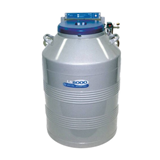


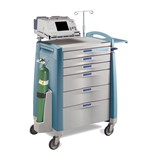
-160x160-state_article-rel-cat.png)














-160x160-state_article-rel-cat.png)

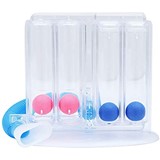
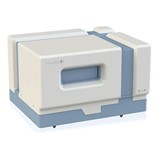
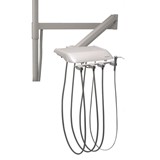



-205x205.jpg)
-205x205.jpg)

-205x205.jpg)
-205x205.jpg)










